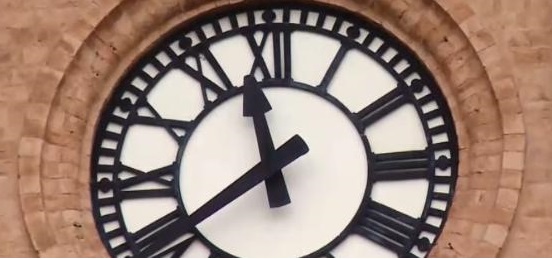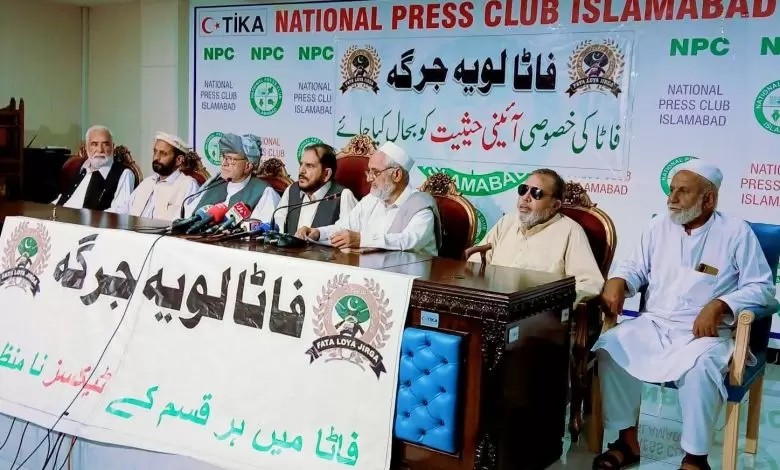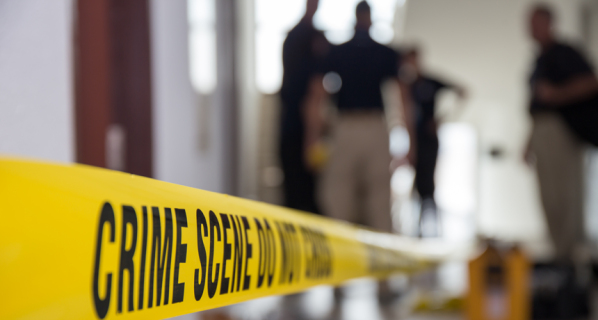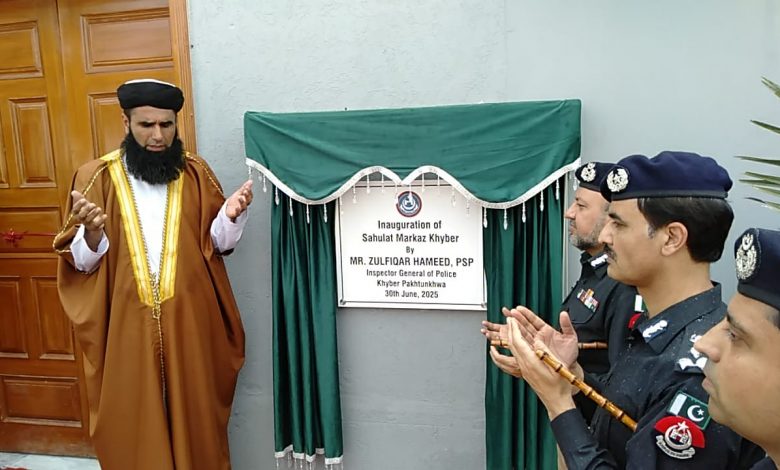
Zeeshan Kakakhel
Tanveer, a Gardner at Islamia College, points to the clock tower, expressing how it was once a prominent feature, its ticking heard far and wide, guiding college students, teachers, and passersby with its precise timekeeping. However, now, the once lively clock needles have fallen silent, resembling a lifeless entity without a soul.
The clock in question, installed atop the historic Rose Chapel Hall next to the Islamia College University Cricket Ground, has a storied past. Dating back to 1913, this Swiss-made clock had been faithfully running for many years, witnessing significant events, including three visits from the founder of Pakistan, Quaid-e-Azam Muhammad Ali Jinnah, to Islamia College.
The clock's needles, specially ordered from France and crafted from a special type of wood, boast resilience against harsh weather conditions like rain, cold, and heat. However, despite its durable nature, the clock has encountered a technical issue that remains unresolved for six years.
Also Read: Attack on Bara Tehsil Compound Claims Another Police Officer’s Life
Provost Islamia College, Mian Kamal, reveals that artisans from Multan were summoned to mend the technical defect, as no other major city in Pakistan possesses artisans capable of repairing this unique clock. However, practical measures to repair the clock are yet to be taken by the administration.
The clock experienced a similar technical failure in 2016, during which Pakistani scientist Dr. Abdul Qadir Khan personally repaired it from his own resources. Unfortunately, the clock deteriorated once again after some time.
Usman, an engineering student from the University of Peshawar, expresses his dismay at the technical failure and the administration's negligence. He views the clock as a historical asset, intended to instill in students and teachers an understanding of the significance of time. However, he laments the administration's lack of urgency in repairing the clock and restoring its functionality.
He appeals to the university administration to promptly restore the clock to its former glory. Doing so would preserve this historical heritage and provide students with an effortless way to grasp the importance of time by simply glancing at the clock.
1.jpeg)
.jpeg)
01 Jul, 2025

.jpeg)


